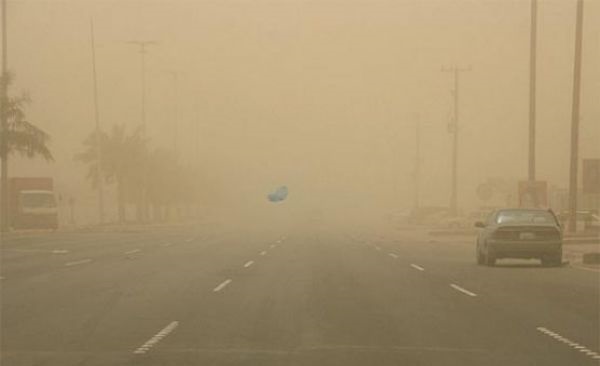
The Nigerian Meteorological Agency (NiMet) has alerted the public of the possible commencement of the dry season (‘harmattan’) in most parts of the north.
NiMet, through its weather forecast, said: “In the next 24 hours, there are good prospects of dust haze (in moderate horizontal visibility, 2000m – 5000m) over Maiduguri, Yobe, Katsina, Kano, Kaduna, Gombe, Bauchi and Jigawa states, while other northern states (including the north-central) could report sunny and hazy visibility of 5 to 7km. It is expected that this weather condition will persist for the next three days. Worthy of note is the observed gradual increase of the day-time temperature,” it read.
Following a weather report of observed movement of dust plumes from the source region (Niger and Chad), relatively low visibility dust-haze and haziness are expected over the country within the next 24 hours.
The dry season is usually a period void of rainfall in the north and a period of little or no rainfall in the south. It is characterised by dust particles, harmattan winds especially at night, high daytime temperatures, fogs, haze and associated health-related risks such as meningitis, respiratory illnesses and more.
NiMet advised stakeholders, the general public and motorists to drive cautiously in places where visibility is impaired by dust haze.
“People with respiratory issues should apply necessary caution, especially for outdoor activities. Airline operators are also advised to get updated weather reports from NiMet offices for effective planning of their operations. With warmer temperatures, there are higher chances of clear air turbulence. Hot weather results in a long distance on the runway to generate enough lift for flight take-off. This increases fuel consumption and requires adequate planning by operators.
“During the dry season, there could be increased chances of bird strike due to the influx of migratory birds. This constitutes a hazard to flight operations.
“Motorists are also advised to adhere to recommended tyre pressure by the manufacturers, especially during the hot days, to safeguard against tyre bursts. With reduced visibilities, flight delays or cancellations in compliance with safety regulations may not be unexpected,” the statement read.
Nigeria’s climate is characterised by two distinct seasons. The rainy season and the dry season. The rainy season usually lasts between late February and early November in the south with a little break between late July and mid-August. In the north, it lasts between May to early mid-October. Beyond this period, between the end of the rainy season and the beginning of the next rainy season is the dry season, which is ushered in by the harmattan winds of November.
However, the NMA assured that it will keep track of the weather changes and provide updates when necessary.

